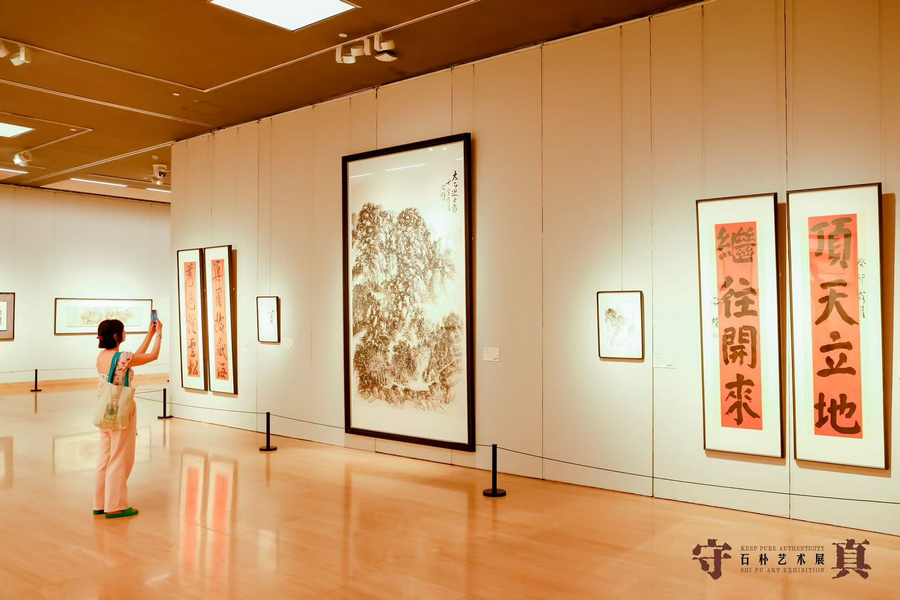Five-year plan set to beef up protection of cultural relics


China's capacity to safeguard and study the country's rich cultural heritage will be greatly enhanced, thanks to the 14th Five-Year Plan (2021-25), heritage officials said on Wednesday.
A national comprehensive plan on cultural heritage protection and the development of relevant technology over the next five years will soon be released by the State Council, China's Cabinet.
More than 40 central government departments and national-level institutions as well as local governments in 31 provincial-level regions contributed to the plan. The opinions of scholars and members of the public were also widely listened to during the process, Li Qun, director of the National Cultural Heritage Administration, said at a news conference in Beijing.
"Previous five-year plans on cultural relics were mainly drafted by specific government departments," Li said. "For the first time it's improved to a national-level plan, which reflects the country's great emphasis on the field.
"Protection of relics will always be the priority, particularly in urbanization projects and development of tourism," he said, adding that a national register system of cultural relics will be completed to ensure their safety.
Li said archaeological research will be compulsory before land is transferred for major urban construction to balance heritage protection and economic development.
"If the land is to be touched, it has to be researched by archaeologists first," he said, adding that this process should be accepted by all of society.
Talent training highlighted
The five-year plan set 21 specific targets including management of cultural relic resources, museum development and training of experts.
Li said that over the next five years, 80 to 100 archaeological excavations will be launched annually, in addition to salvage excavations. "We can have breakthroughs in many academic projects and showcase our 5,000-year history of civilization and 10,000-year history of culture through more physical evidence," he said.
Lack of qualified people has long hindered Chinese archaeology. Statistics released during the annual two sessions in March showed that China has fewer than 1,800 registered archaeologists who are licensed to lead excavations, a number far below what is needed to research the country's archaeological sites.
To fill the gap, Li said about 4,000 new archaeologists will be trained by 2025, and a nationwide program will be launched to select 100 leading young archaeologists for key projects.
Separately, a 25 percent increase is expected in the number of Chinese scientific researchers doing cultural relics laboratory work by 2025.
Li said major technological developments will be made in key areas such as the dating of cultural relics and analysis of DNA and organic matter from archaeological finds. Several regional "archaeological sample banks" are to be established to facilitate comprehensive studies and preservation of newly unearthed artifacts.
A closer connection between cultural heritage and people has been built in recent years, thanks to the country's efforts. Since 2010, China has listed 36 archaeological ruins parks nationwide to enable the public to better understand and experience archaeological research.
The list includes 11 UNESCO World Heritage Sites, such as Liangzhu Archaeological Ruins in Hangzhou, Zhejiang province, which was home to a jade-worshipping civilization 4,300 to 5,300 years ago.
According to Lu Qiong, an official at the National Administration of Cultural Heritage's department of regulations and policymaking, 10 to 15 new entries will be added to the list by 2025.
"A focus of future work is to enable people to share in the cultural heritage and benefit from the achievement of protection," she said.
In 2019, about 28,600 exhibitions were held across the Chinese mainland, attracting about 1.2 billion visits.
By 2025, the number of annual visits aims to reach 1.4 billion, and over 30,000 exhibitions are to be organized that year, Lu said.





































